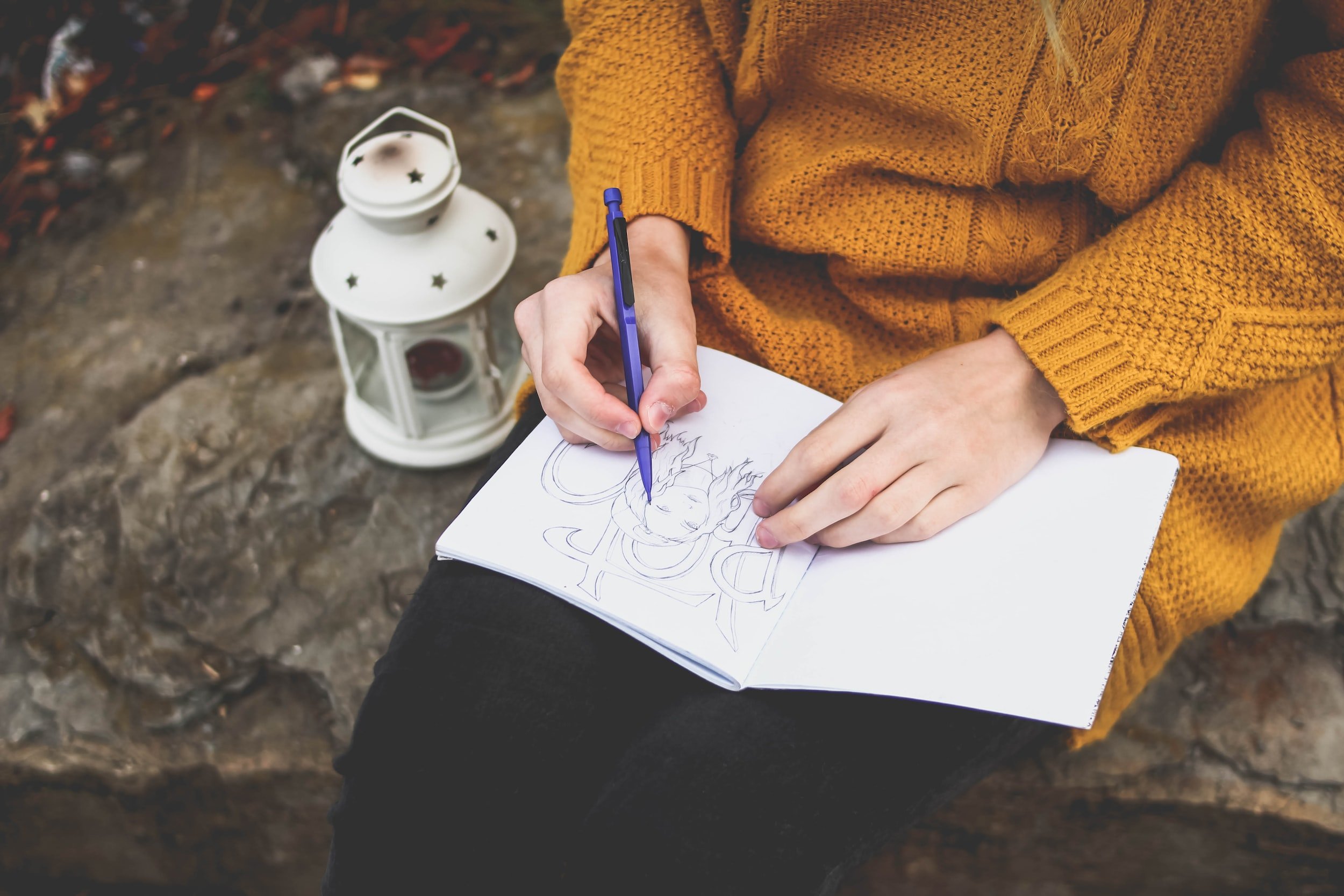drawing as a sanctuary
In my attempts to find a visual approach to disseminating my current research on teacherly thinking, I have stumbled across a number of blogs, articles and interviews with artist-researcher-teachers and illustrators, which I have drawn upon in my thinking of what I hope to do. I think I am far from being successful in it - the process is complex and feels beyond me at the moment - but the words from these blogs about the process of combining text and image resonate.
This morning, I read an interview with Sydney Smith.
At a certain point, in the journey of an illustrator, you come to an understanding that you are only as good as the collaboration between the text and image. If the story doesn’t read well you have failed and if all your efforts were to highlight your skill as an artist the project suffers.
And more, that helps me to think about the benefits and complex relationship with drawing that children can have:
Your childhood has impacted your work as an illustrator. In what ways?
I am sure that it’s not true for everyone but my relationship with art making came from challenging moments in childhood. I was never exceptionally talented in drawing, and I didn’t enjoy drawing more than anyone else when I was very young. I moved a lot after my parents separated and in those places I met friends and bonded through drawing. Mostly superheroes and monsters (secretly I still love drawing monsters). When I moved away from those friends I continued drawing as an escape or sanctuary. This happened at the age that many kids stop drawing, around 12 years old, when they are told that if you can’t “draw” you shouldn’t do it. And it’s an age when most kids feel awkward and alone.
I can think of children who have used drawing in this way, ‘as an escape or sanctuary’, and I wonder if we don’t always acknowledge this benefit enough in our art curricula, or with children explicitly in our conversations. Drawing can be made to feel as though it is a childish thing, lesser than writing, something to do when we have done the ‘real’ work. I wonder how we can engender more positive feelings to the activity, and ensure that those children who do use the process of drawing as a sanctuary, find this approach validated and empowering, and are encouraged to continue.
